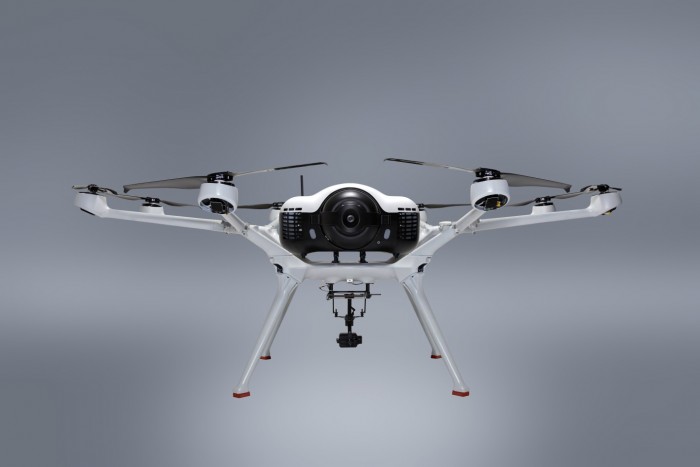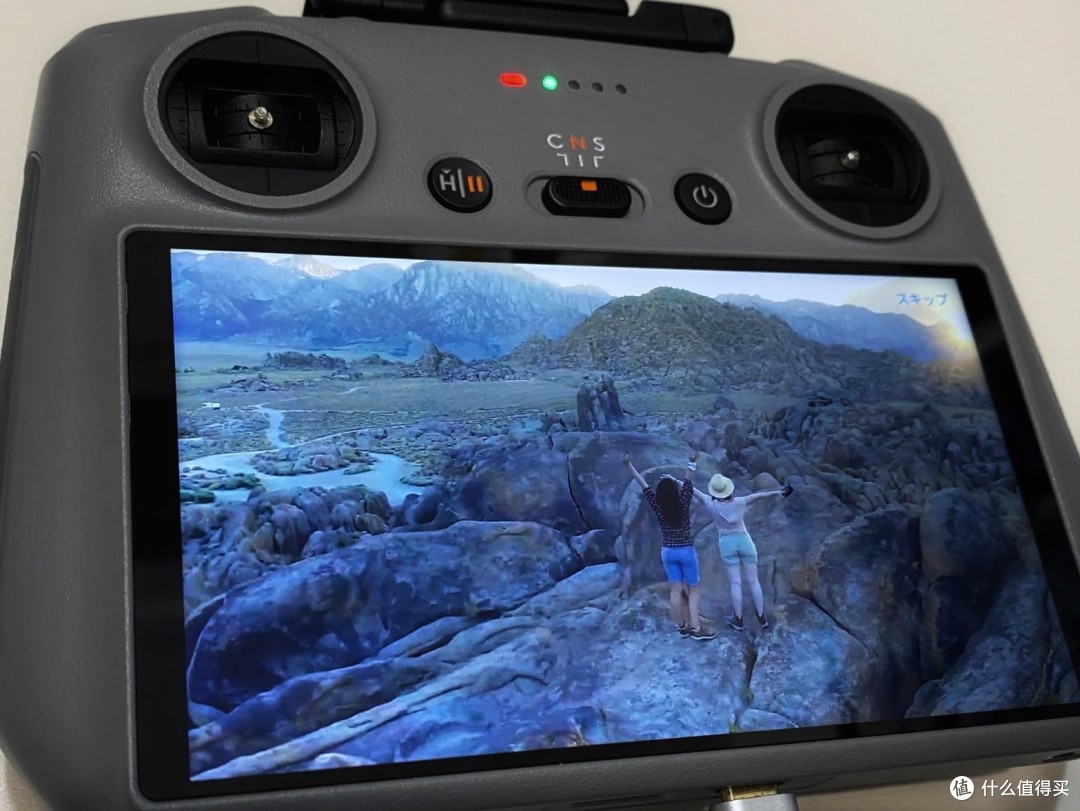Master the Art of Drone Photography
Flying a drone with a camera is an exhilarating experience that combines technology and creativity. The first step in mastering drone photography is to understand your equipment. Whether you’re using a professional-grade drone or a beginner model, knowing the specifications of the camera, flight time, and controls is crucial.
Before embarking on your aerial adventure, make sure your drone is updated with the latest firmware. This ensures optimal functionality and safety while flying. Preparation is key; check the weather conditions and ensure your drone’s battery is fully charged.
Choosing the Right Location
Location plays a significant role in capturing stunning aerial photos. When flying a drone equipped with a camera, consider areas with diverse landscapes – mountains, beaches, urban areas, or forests. Always verify local regulations before flying to avoid legal complications.
Understand the Settings
Understanding the camera settings is vital for achieving the best results. Settings like ISO, shutter speed, and aperture can dramatically affect the quality of your photographs. Familiarize yourself with these settings and practice in different lighting conditions to discover the optimal configurations for various environments.
- ISO: Adjust to maximize clarity without increasing noise.
- Shutter Speed: Fast shutter speed captures motion clearly.
- Aperture: Influences depth of field and exposure.
Mastering the Controls
Fluency in controlling your drone is essential, especially when flying through challenging terrains. Practice smooth, steady movements, and avoid sudden jerks to capture clean images and videos. Utilize the drone simulator apps available to hone your skills in a virtual environment.
The Importance of Composition
Composition is key in photography, and aerial shots are no exception. When flying a drone with a camera, aim to create visually pleasing images by integrating elements like leading lines, symmetry, and patterns. Experiment with different angles and elevations for unique perspectives.
Remember, patience and practice are essential.
Editing Your Drone Photos
Post-production is where your drone photography comes to life. Use software such as Lightroom or Photoshop to enhance colors, correct exposure, and remove any unwanted elements. Never underestimate the power of editing in achieving professional-grade results.
Legal and Safety Considerations
Safety should always be a priority when flying a drone with a camera. Make sure to adhere to guidelines laid out by aviation authorities. Keeping the drone in line of sight, avoiding restricted areas, and respecting privacy rights are essential practices.

Frequently Asked Questions
Q1: What is the best time of day for drone photography?
What is the best time of day for drone photography?
A: The golden hours, shortly after sunrise or before sunset, are often recommended due to the soft lighting conditions that enhance photographs.
Q2: Do I need a license to fly a drone with a camera?
A: This depends on your location; however, in many countries, a license is required for commercial use, while personal use may have different regulations.
Q3: How can I improve drone stability in windy conditions?
A: Utilize GPS-mode, which helps maintain stability by using satellite positioning. Practice manual control techniques for when GPS is unavailable.